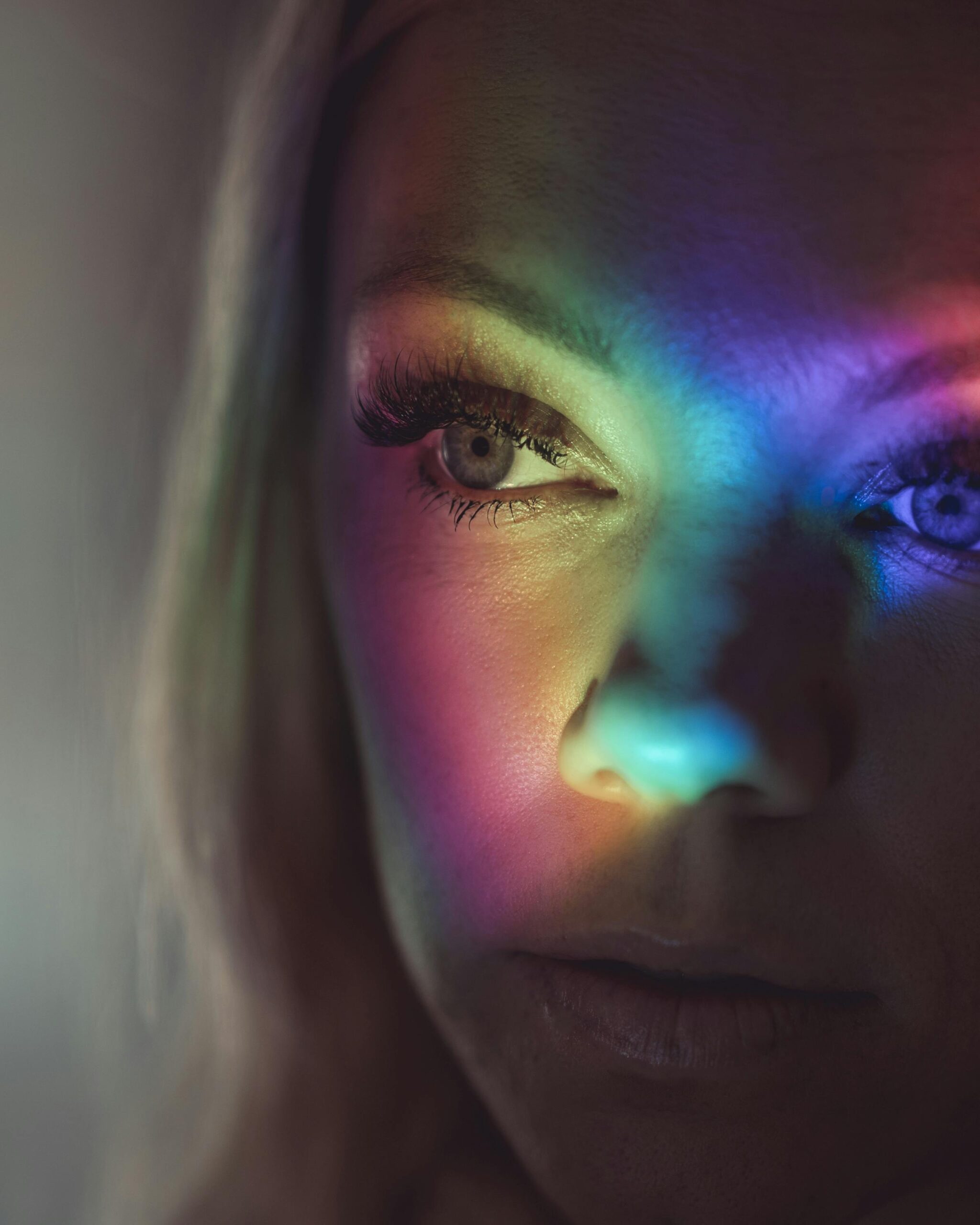When we think of seasonal depression, our minds often conjure images of gray skies, cold weather, and long, dark winters. However, the reality is that seasonal affective disorder (SAD) can affect individuals in sunny climates just as profoundly as those in northern latitudes. In this article, we’ll explore the unique challenges of seasonal depression in sunny locales, delve into its causes, and discuss strategies for coping with the sunshine blues.
The Paradox of Sunny Climates and Seasonal Depression
On the surface, it may seem counterintuitive that individuals living in regions blessed with abundant sunshine could experience seasonal depression. After all, sunlight is often associated with improved mood and increased energy levels. However, the relationship between sunlight and mental health is more nuanced than meets the eye.
Understanding Seasonal Affective Disorder (SAD)
Seasonal affective disorder is a subtype of depression that follows a seasonal pattern, typically occurring during the fall and winter months when daylight hours are shorter. However, some people experience a form of SAD known as “summer depression,” which occurs during the spring and summer months in sunny climates.
The Causes of Summer Depression
While the exact causes of summer depression are not fully understood, several factors may contribute to its onset:
- Disrupted Circadian Rhythms: Longer daylight hours in the summer can disrupt circadian rhythms, leading to sleep disturbances and mood changes.
- Heat and Humidity: High temperatures and humidity can exacerbate feelings of fatigue and irritability, making it challenging to engage in outdoor activities.
- Social Pressures: The expectation of constant productivity and social engagement during the summer months can contribute to feelings of inadequacy or FOMO (fear of missing out).
Coping Strategies for Summer Depression
Managing summer depression requires a multifaceted approach that addresses both environmental factors and individual coping mechanisms:
Seek Shade and Cool Environments
- Spend time outdoors during the early morning or late evening when temperatures are cooler and the sun is less intense.
- Seek shade or use protective clothing and sunscreen to minimize exposure to direct sunlight.
Maintain a Consistent Routine
- Stick to a regular sleep schedule, even if it means using blackout curtains or eye masks to block out early morning sunlight.
- Incorporate relaxation techniques such as meditation or deep breathing exercises to reduce stress and promote better sleep.
Stay Connected and Engaged
- Reach out to friends and loved ones for support, whether through virtual meetups or socially distanced activities.
- Engage in hobbies or activities that bring joy and fulfillment, even if they need to be adapted for indoor settings.
Finding Balance in the Sunshine
While sunny climates offer many benefits for physical and mental well-being, they can also present unique challenges for individuals prone to seasonal depression. By understanding the causes of summer depression and implementing proactive coping strategies, individuals can navigate the sunshine blues with resilience and grace.
As with any mental health condition, it’s essential to seek professional help if symptoms of depression persist or interfere with daily functioning. A qualified mental health provider can offer guidance, support, and evidence-based treatments to help individuals reclaim their joy and vitality, regardless of the season.
Sources:
- Rohan, K. J., & Roecklein, K. A. (2019). Seasonal affective disorder: A state-of-the-art review. Journal of Psychiatric Practice, 25(4), 289–302.
- Anderson, J. L., & Vaswani, D. (2020). Seasonal Affective Disorder. In StatPearls. Treasure Island (FL): StatPearls Publishing.










 Daytryp Health has taken
Daytryp Health has taken  The
The 